In Conversation: Douglas Kim, General Manager of JW Marriott Jeju
By WATG
August 1, 2024
JW Marriott Jeju is designed to offer an unparalleled experience of island leisure. An award-winning world class resort, the perception of Jeju as a destination has since been significantly enhanced since the resort’s launch, reshaping the paradigm of luxury hospitality in Korea.
Fresh from the recent Gold award win – the highest accolade at the 10th CREDAWARD in the Commercial Project, Hotel – Resort category as well as multiple wins from the Travel + Leisure Luxury Awards APAC 2024, we sat down with Brandon Large, Creative Director of Architecture and Douglas Kim, General Manager of JW Marriott Jeju, to uncover the magic formula to success.
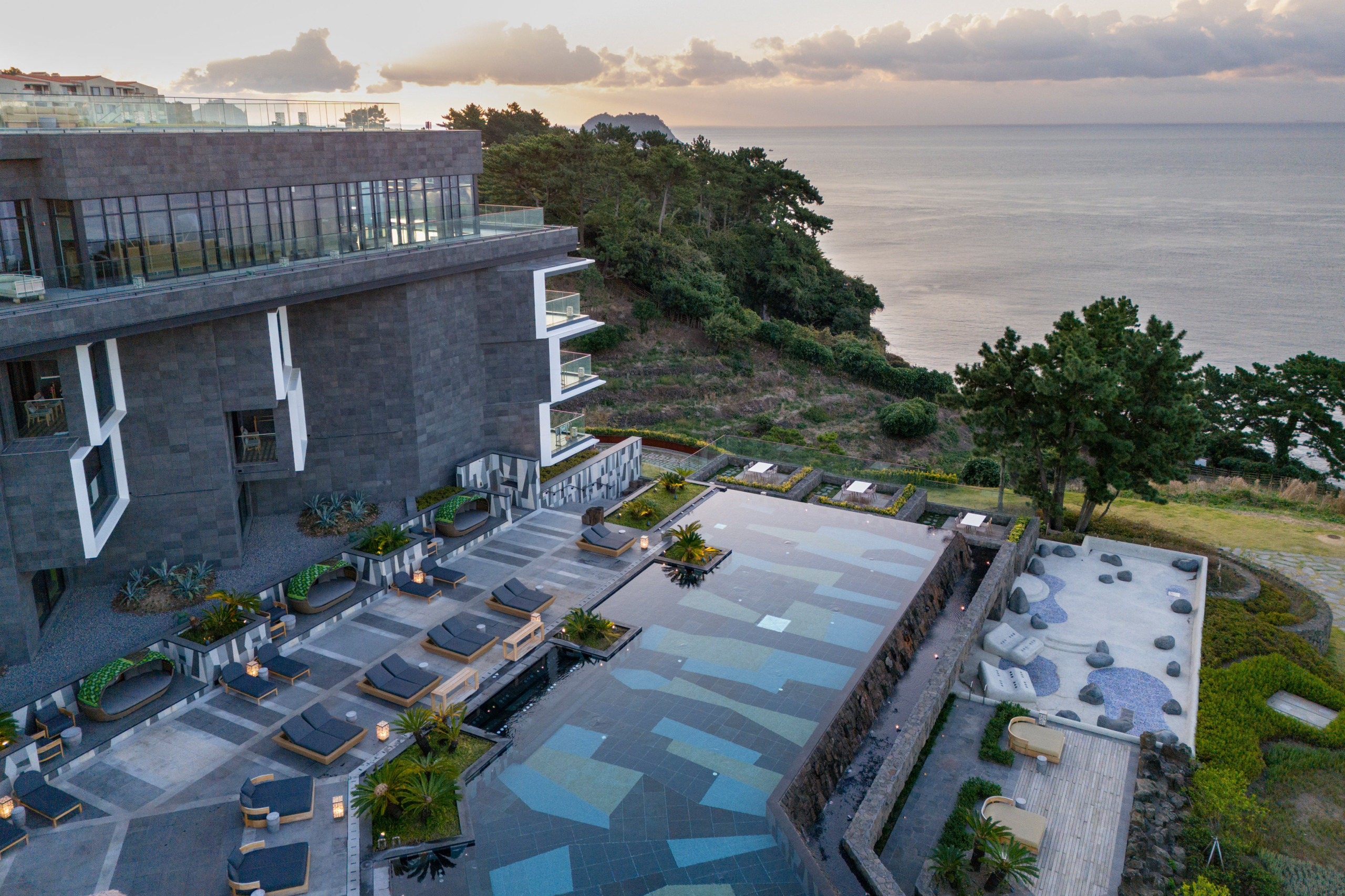
Douglas Kim, General Manager
“These thoughtful design choices ensure that JW Marriott Jeju Resort & Spa is not just a place to stay but an immersive experience that celebrates the unique character and beauty of Jeju Island.”
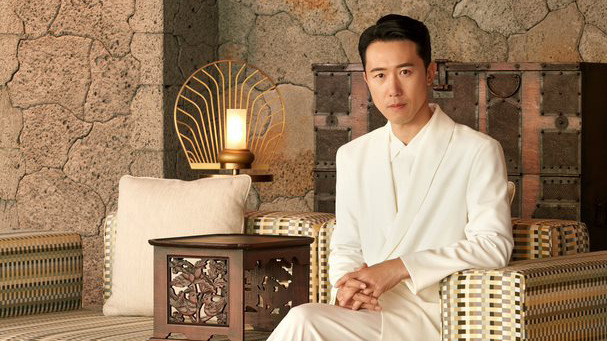
Integration with Jeju Island
JW Marriott Jeju is renowned for its beauty that blends into the surrounding nature. What specific ideas or features of the resort result in this harmonious integration with Jeju Island so naturally?
Douglas Kim: JW Marriott Jeju Resort & Spa is celebrated for its seamless integration with Jeju’s stunning natural landscape and rich cultural heritage, providing guests with an immersive and enriching experience. The resort’s design avoids obtrusive high-rise buildings or incongruous structures, ensuring that the natural beauty of Jeju is preserved and highlighted.
Upon entering the resort, guests are greeted by spaces that allow the sea and sky to naturally flow into the built environment, creating a sense of unity with nature. This design philosophy ensures that the resort feels like an extension of the island’s landscape rather than an imposition upon it.
One of the standout features of the resort is its connection to the Jeju Olle Trail Route 7. This trail offers guests the opportunity to walk along the coastline, experiencing the dramatic columnar joints, the serene blue sea, and lush forests. The view of JW Marriott Jeju from the sea exemplifies this harmonious blend, as the resort appears to be a natural part of the scenery.
The design of the resort is deeply influenced by Jeju’s cultural elements. The roofs of the buildings are modern and sustainable interpretations of traditional Jeju thatched houses. Traditionally, these roofs featured a distinctive curved shape tied with patterned rope lattices. The resort creatively inverts this curve and integrates the lattice pattern into the underside of the structures, showcasing a clever and respectful nod to tradition.
Additionally, the use of basalt in the resort’s construction is a direct homage to Jeju’s volcanic heritage. This material not only connects the resort to the island’s geological history but also adds a natural, rugged beauty to the design. These thoughtful design choices ensure that JW Marriott Jeju Resort & Spa is not just a place to stay but an immersive experience that celebrates the unique character and beauty of Jeju Island.
Brandon Large: When we first explored Jeju island, we noticed that the island had an amazing tactile quality. A symphony of opposites: volcanic landscape melding into lush greenery, rugged coastlines posed next to vast fields of canola flowers. We wanted to capture this in the design language of the architecture. Since the site borders Jeju Olle Trail Route 7 – a highlight for visitors coming to Jeju Island, we were mindful to honor the island’s beauty and heritage with our design. At the top of our agenda was to make sure that the natural beauty of Jeju is always at the forefront and felt throughout the guest experience, especially since Jeju Island is a UNESCO Biosphere Reserve. Harmonious integration was a result of this sensitively considered approach.
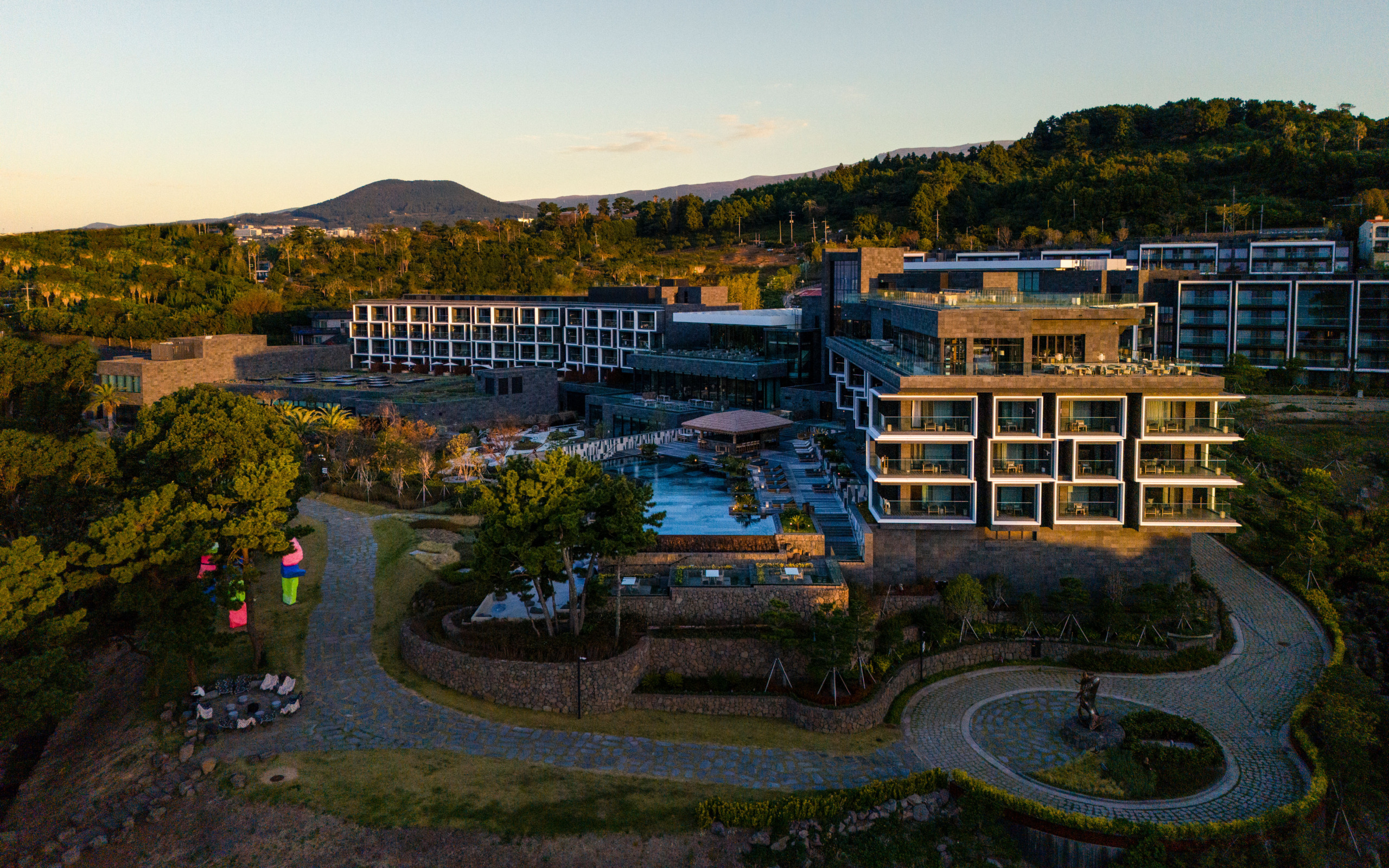
Brandon Large, Creative Director of Architecture
“When we first explored Jeju island, we noticed that the island had an amazing tactile quality. A symphony of opposites: volcanic landscape melding into lush greenery, rugged coastlines posed next to vast fields of canola flowers. We wanted to capture this in the design language of the architecture.”
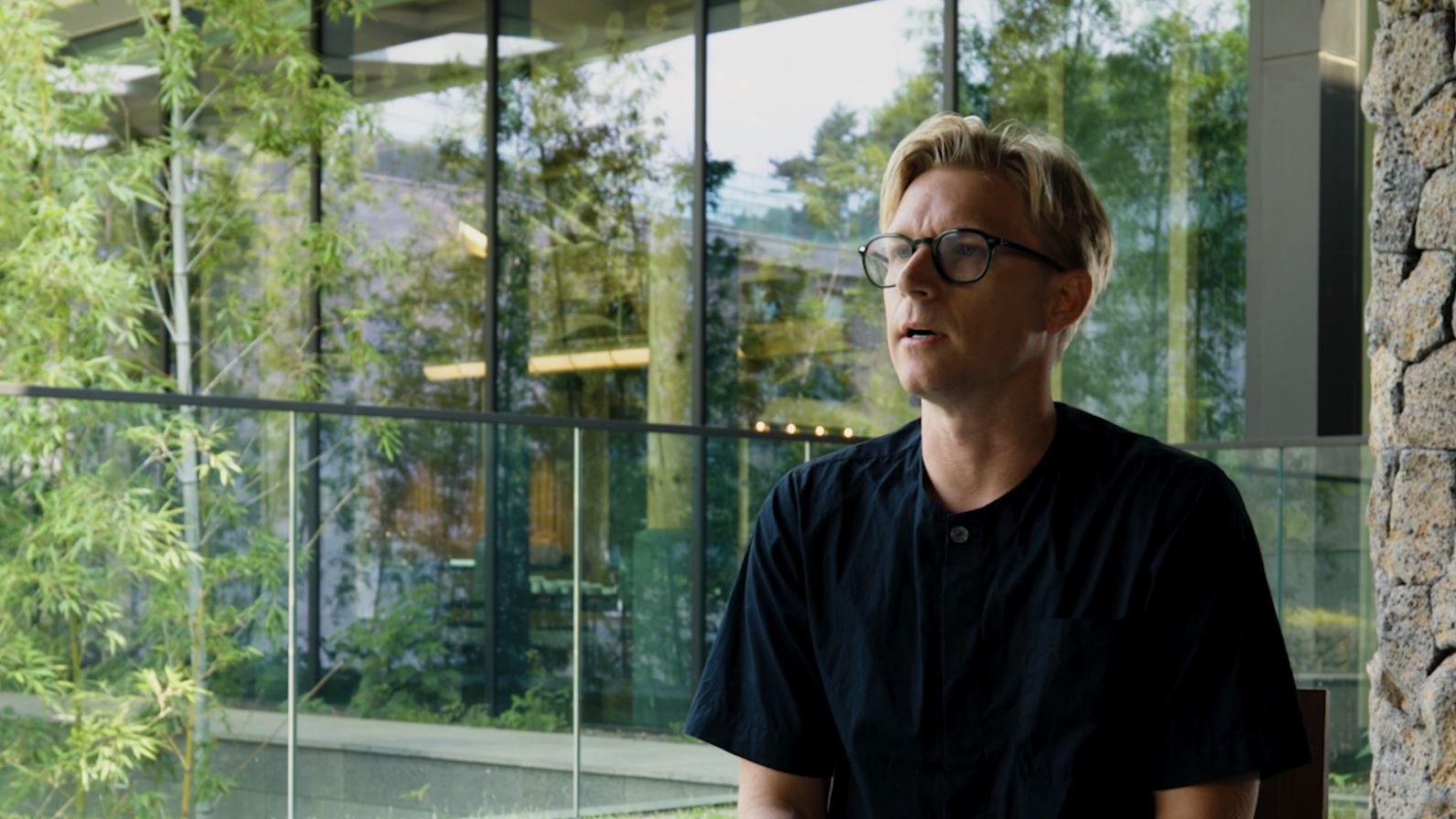
Collaboration
JW Marriott Jeju Resort & Spa with WATG is a match that works so perfectly. Why is that so?
Douglas Kim: I deeply appreciate WATG’s design philosophy, particularly their commitment to reflecting the inherent beauty and cultural heritage of each destination in their architecture and design. They excel in seamlessly blending the local character and natural splendor into their projects, which I believe is the essence of true luxury.
WATG’s ability to integrate regional uniqueness and intrinsic beauty into their designs is profoundly moving, and they have masterfully achieved this with JW Marriott Jeju. By incorporating elements of Jeju’s natural landscape and cultural heritage into the resort’s architecture, WATG has created a space that is both luxurious and deeply connected to its surroundings. This thoughtful approach not only enhances the aesthetic appeal but also provides guests with a richer, more immersive experience.
Brandon Large: Our design philosophy is deeply rooted in creating spaces that resonate with their surroundings, an approach that we consciously reflect in the JW Marriott Jeju Resort & Spa as an answer to our client’s brief for a luxury wellness resort set in nature. Designing with nature, rather than against it, was an approach championed by Pete Wimberly, one of our founders. Many of our legacy projects, some dating back almost 80 years, are still exemplars of this philosophy. One particular project that stands out is the Bora Bora Resort, where we masterfully integrated luxury with the island’s pristine natural environment. The use of local materials and the thoughtful placement of over water villas to maximize views and privacy are principles that echo in the Jeju project. With this time-honed approach, we aim to celebrate the qualities of each site with a bespoke design for our clients and operators.

Art
JW Marriott Jeju Resort & Spa has many art installations, such as ‘Jeju Island Mountains’ by Ugo Rondinone, balloon dogs from Jeff Koons. Why did the resort adopt such a focus on art, and how does the art add value to the overall guest experience?
Douglas Kim: The resort’s focus on art is driven by a desire to enrich the cultural and aesthetic experience of its guests, while also creating a unique dialogue between nature and art. By integrating world-renowned art installations like Ugo Rondinone’s ‘Jeju Island Mountains’ and Jeff Koons’ balloon dogs, JW Marriott Jeju creates an environment that transcends the typical luxury stay, offering a unique blend of visual and emotional stimulation. Moreover, many of these installations are thoughtfully placed within the resort’s natural landscape, creating a harmonious blend of art and nature.
For example, the vibrant colors of ‘Seven Magic Mountains’ stand in stark yet beautiful contrast to the natural hues of Jeju’s deep blue sea, the serene silhouette of Beomseom Island, and the lush greenery, highlighting the island’s natural beauty while adding an element of surprise and delight. This fusion of art and nature enhances the guest experience by encouraging exploration and interaction with both the artworks and the natural surroundings. It fosters a deeper appreciation of the environment and the creative expressions it inspires. The installations serve as conversation starters and focal points, inviting guests to pause, reflect, and connect with their surroundings in new and meaningful ways.
Brandon Large: We see art as a natural extension of our work in design. Art pieces can create moments of contemplation, which on a cognitive level invite personal interpretations to connect emotionally – all part of an orchestration that contribute to memorability of guest experience.
Douglas Kim, GM, discusses the design of JW Marriott Jeju
Guest Experience
JW Marriott Jeju Resort & Spa provides guests with a luxurious vacation experience which is reflected in design and service details. How do you want guests to remember the experience?
Douglas Kim: It is the enrichment of the soul. I hope that guests can experience a sense of fullness in their hearts. This involves being mindful and present, nourishing the body, mind, and spirit, and discovering the joy of being together. These three elements are emotions that are deeply connected to the core of the JW Marriott brand. We have strived to fully embody the promise of the JW Marriott brand in the resort experience: “JW Marriott provides a haven where every detail is taken care of, so guests are free to focus on themselves — in mind, body, and spirit.”
The breathtaking views of the sea from the columnar joints, the Olle Trail Route 7, and Beomseom Island are natural masterpieces that enrich the soul and offer a restorative experience where one can meet their true self. Upon arrival at the hotel, guests are greeted not by a bustling hotel lobby but by a tranquil space reminiscent of a traditional Korean Hanok, surrounded by Jeju’s natural beauty, offering a leisurely and restful experience.
I genuinely hope that the comfort, tranquility, relaxation, traditional aesthetics, and unique charm of Jeju that guests experience at JW Marriott Jeju will provide them with opportunities and moments to enrich their hearts.
Brandon Large: As architects, we hope our buildings connect with guests and their emotion to create lasting memories. Our buildings are vehicles for guest to explore the site rather than being an object in the landscape, which we hope has the transportive power to invigorate and restore for an ultimate getaway experience.
JW Marriott Jeju
Harmony of Heritage and Luxury—Designing JW Marriott Jeju as a Sustainable Retreat Celebrating Jeju Island’s Spirit of Place.
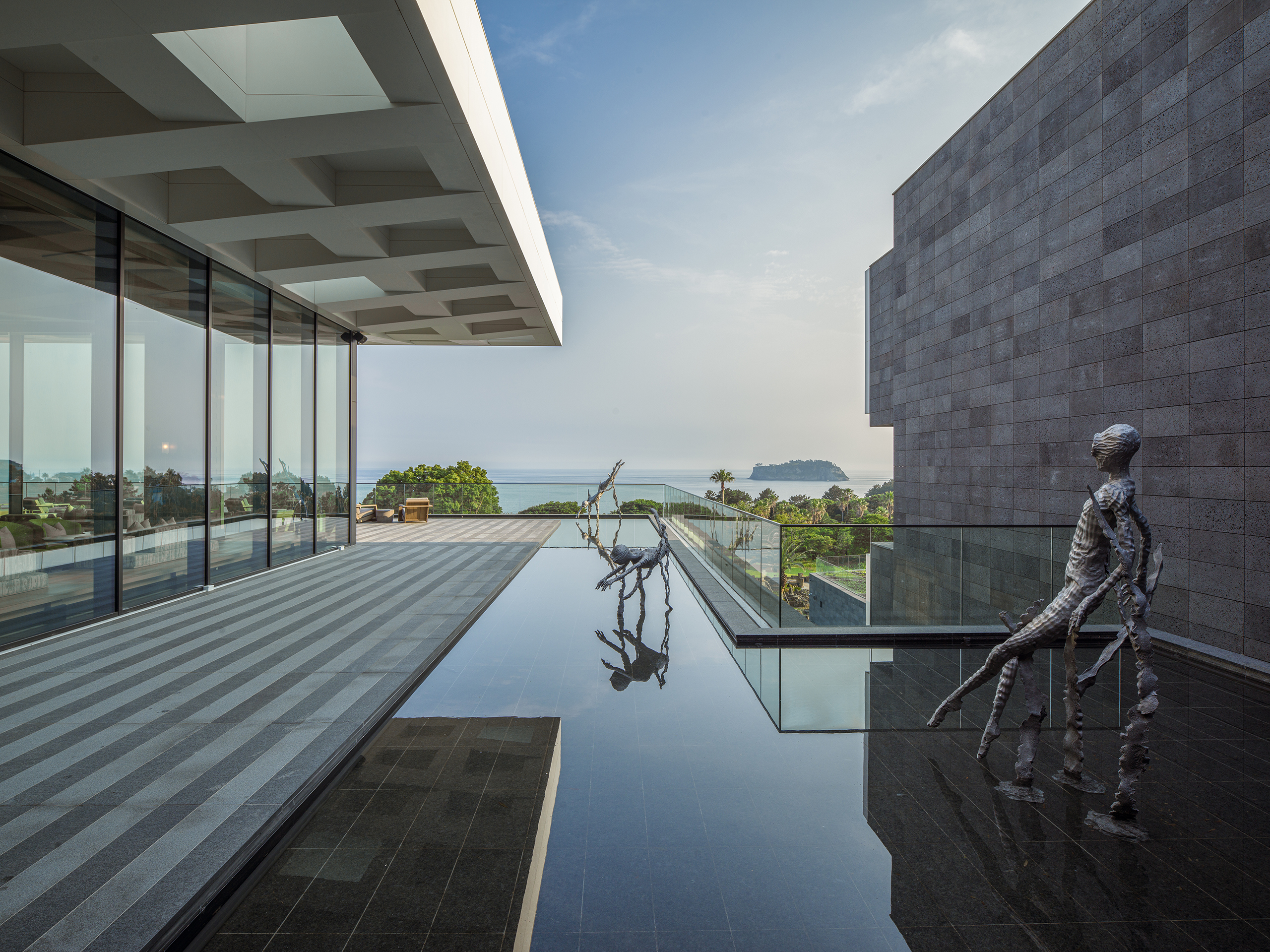
Latest Insights
Perspectives, trends, news.
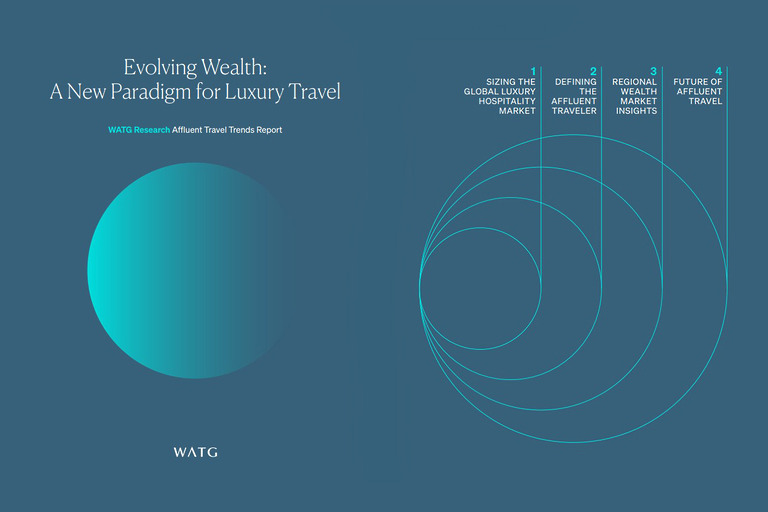
- Strategy & Research
Evolving Wealth: A New Paradigm for Luxury Travel

- Strategy & Research
Evolving Wealth: A New Paradigm for Luxury Travel
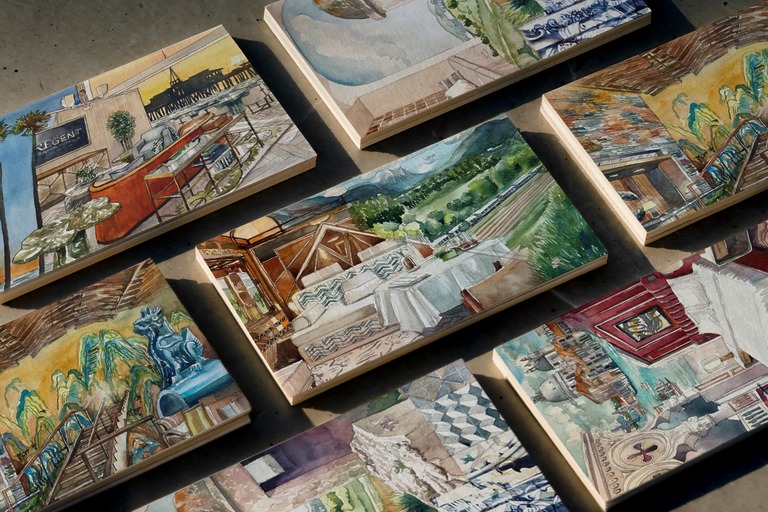
- News
Wish You Were Here: Postcards from our Destinations

- News
Wish You Were Here: Postcards from our Destinations

- News
The Torch, The Screwdriver, and the Pencil – Pete Wimberly’s Story
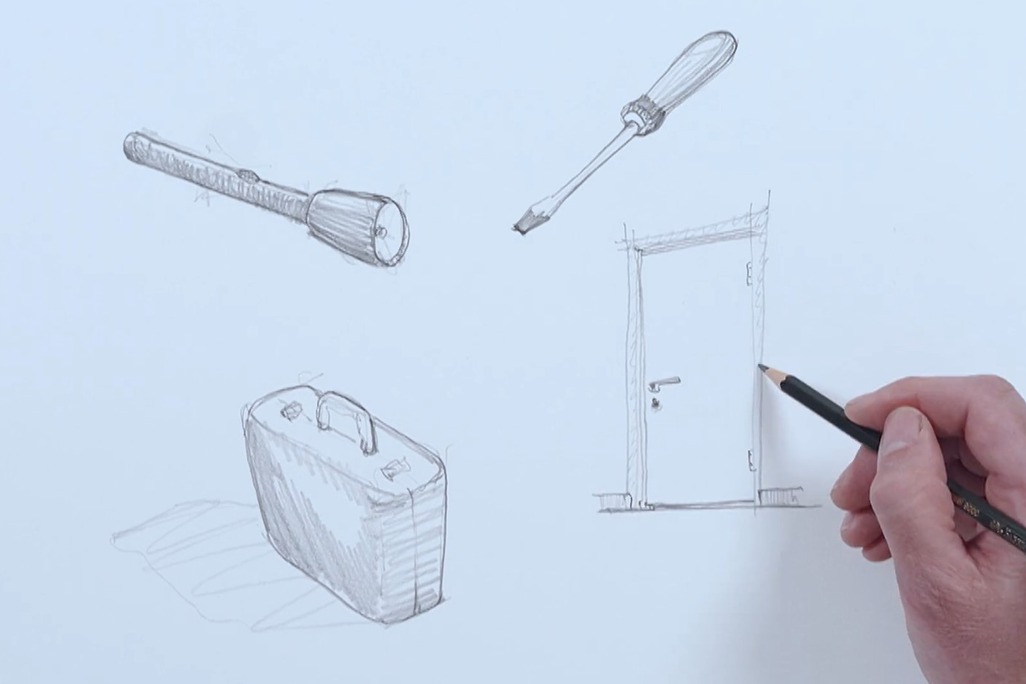
- News
The Torch, The Screwdriver, and the Pencil – Pete Wimberly’s Story
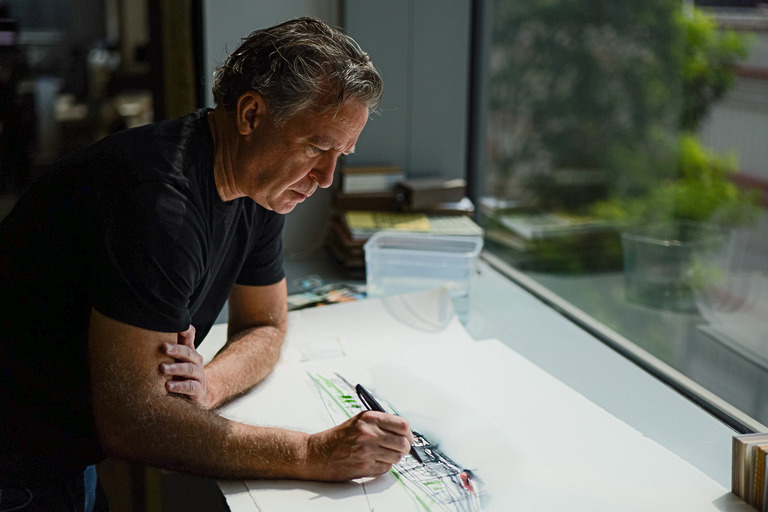
- Employee Feature
Ian Simpson: Constantly Curious, Constantly Creative

- Employee Feature
